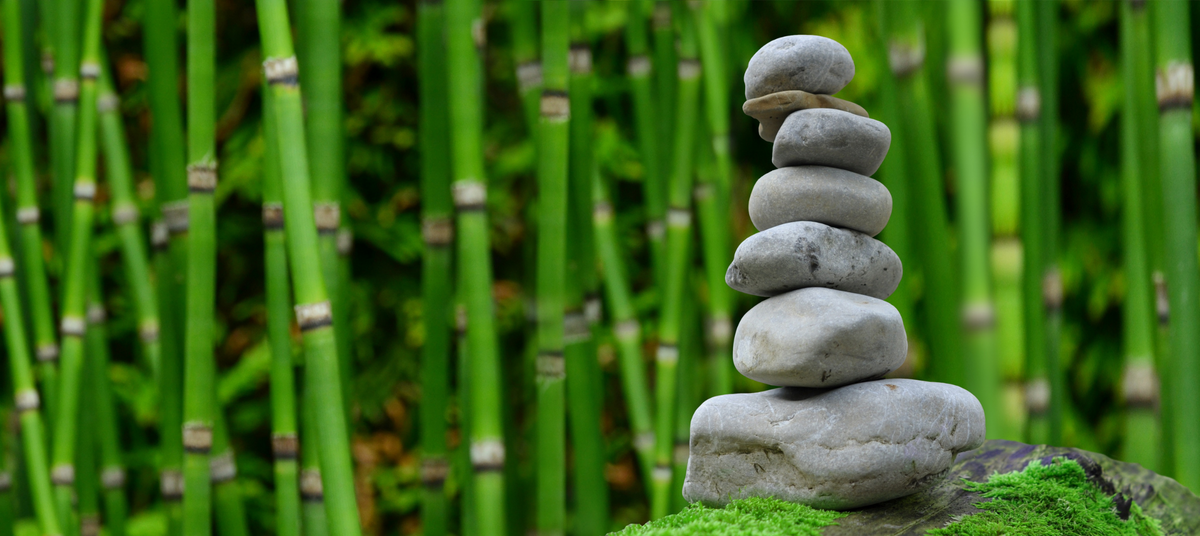
Guest Blog: Waste and Sustainability in Dentistry, by Dr. Amanda Hoffmeister, DDS
Guest Blog: Waste and Sustainability in Dentistry, by Dr. Amanda Hoffmeister, DDS
We are honored to welcome guest blogger and fellow eco-warrior Dr. Amanda Hoffmeister, a.k.a The Green Dentist. Dr. Amanda, as her patients know her, is a graduate of the University of the Pacific and is a pediatric dentist who currently practices in Sunnyvale, CA. She loves kids and the planet and advocates for sustainability at home and in the dental office.

Today, we are talking with her about how she sees the world and discussing ways to be more eco-friendly.
ELIMS: Talk to us about waste. What are the biggest culprits in oral care?
Dr. Amanda: A 2018 study found that 20% of medical waste is single-use plastics. In a dental practice, our waste is often a product of the sterilization supplies we use, such as Cavicide wipes, tray covers, x-ray covers, masks, gloves, plus single-use materials used for fillings, crowns, and other dental procedures.
There is also a lot of waste in personal oral hygiene routines. Approximately 1 billion (yes, billion with a b) toothbrushes are thrown away annually in the US alone. That's 50 million pounds of waste languishing in landfills. And across the pond in the UK, it is estimated that 300 million tubes of toothpaste end up in their landfills each year.
The good news is, there has been some innovation in the oral hygiene arena that has led to more sustainable options. I remain hopeful that more eco-friendly choices in the dental office will become available and reduce our carbon footprint even further.
ELIMS: Why does sustainability matter to you?
Dr. Amanda: There are 300 million tons of plastic produced each year. And from that, a staggering 8 million tons end up in our oceans. The latest IPCC report confirms there is irrefutable evidence that humans have caused global warming. The time is now for rapid, large-scale changes in every part of our lives, including dentistry.
I have personally experienced the fires in California. I have seen how earthquakes, hurricanes, and tsunamis impact other parts of the world. Sustainability is important to me because I care about my patients and our planet. I will take the necessary steps to live a sustainable life at home and practice green dentistry. I want all of us to enjoy the beauty of our planet. And I want that for future generations, too.
ELIMS: What advice do you have for those who want to incorporate sustainability into their professional practices or personal life?
Dr. Amanda: Green dentistry encompasses a service model that cares for the wellness of the patient and the planet. And compared to other countries, the US is lagging in this movement. The Eco-Dentistry Association (EDA) has created sustainability guidelines for dental practices and dental product companies for professionals seeking information on practicing green dentistry. The Sustainable Dentistry Facebook group is also a great resource.
At a patient level, ask your dentist what they are doing to practice sustainable dentistry. But you can also start making adjustments to your own at-home oral hygiene routine by reevaluating the products you use. When making your selections, you want to consider three components: Safety. Sustainability. Efficacy.
To check that your products use safe, non-toxic ingredients, use an app like @ThinkDirty or @EnvironmentalWorkingGroup. When considering how sustainable a product is, consider its longevity and how you will dispose of it. (Ideally, you want a reusable product that can be composted - or at least recycled - when it's no longer in use.) And lastly, you want to know the efficacy of the product you are using and make sure that it's serving a purpose. (Do you have a higher risk of cavities? There may be an anti-cavity ingredient your dentist wants you to use.) Once you have found products that meet your three criteria, bring them to your next visit to discuss with your dentist.
ELIMS: Thank you so much, Dr. Amanda! You are an inspiration to all of us in healthcare. If folks want to learn more, where can they find you?
Dr. Amanda: If you'd like to learn more about sustainability in dentistry or oral care or see how you can further reduce your carbon footprint, connect with me on Instagram @BambooTruth or our Facebook group, Sustainable Dentistry.

Guest Blog: Waste and Sustainability in Dentistry, by Dr. Amanda Hoffmeister, DDS
We are honored to welcome guest blogger and fellow eco-warrior Dr. Amanda Hoffmeister, a.k.a The Green Dentist. Dr. Amanda, as her patients know her, is a graduate of the University of the Pacific and is a pediatric dentist who currently practices in Sunnyvale, CA. She loves kids and the planet and advocates for sustainability at home and in the dental office.

Today, we are talking with her about how she sees the world and discussing ways to be more eco-friendly.
ELIMS: Talk to us about waste. What are the biggest culprits in oral care?
Dr. Amanda: A 2018 study found that 20% of medical waste is single-use plastics. In a dental practice, our waste is often a product of the sterilization supplies we use, such as Cavicide wipes, tray covers, x-ray covers, masks, gloves, plus single-use materials used for fillings, crowns, and other dental procedures.
There is also a lot of waste in personal oral hygiene routines. Approximately 1 billion (yes, billion with a b) toothbrushes are thrown away annually in the US alone. That's 50 million pounds of waste languishing in landfills. And across the pond in the UK, it is estimated that 300 million tubes of toothpaste end up in their landfills each year.
The good news is, there has been some innovation in the oral hygiene arena that has led to more sustainable options. I remain hopeful that more eco-friendly choices in the dental office will become available and reduce our carbon footprint even further.
ELIMS: Why does sustainability matter to you?
Dr. Amanda: There are 300 million tons of plastic produced each year. And from that, a staggering 8 million tons end up in our oceans. The latest IPCC report confirms there is irrefutable evidence that humans have caused global warming. The time is now for rapid, large-scale changes in every part of our lives, including dentistry.
I have personally experienced the fires in California. I have seen how earthquakes, hurricanes, and tsunamis impact other parts of the world. Sustainability is important to me because I care about my patients and our planet. I will take the necessary steps to live a sustainable life at home and practice green dentistry. I want all of us to enjoy the beauty of our planet. And I want that for future generations, too.
ELIMS: What advice do you have for those who want to incorporate sustainability into their professional practices or personal life?
Dr. Amanda: Green dentistry encompasses a service model that cares for the wellness of the patient and the planet. And compared to other countries, the US is lagging in this movement. The Eco-Dentistry Association (EDA) has created sustainability guidelines for dental practices and dental product companies for professionals seeking information on practicing green dentistry. The Sustainable Dentistry Facebook group is also a great resource.
At a patient level, ask your dentist what they are doing to practice sustainable dentistry. But you can also start making adjustments to your own at-home oral hygiene routine by reevaluating the products you use. When making your selections, you want to consider three components: Safety. Sustainability. Efficacy.
To check that your products use safe, non-toxic ingredients, use an app like @ThinkDirty or @EnvironmentalWorkingGroup. When considering how sustainable a product is, consider its longevity and how you will dispose of it. (Ideally, you want a reusable product that can be composted - or at least recycled - when it's no longer in use.) And lastly, you want to know the efficacy of the product you are using and make sure that it's serving a purpose. (Do you have a higher risk of cavities? There may be an anti-cavity ingredient your dentist wants you to use.) Once you have found products that meet your three criteria, bring them to your next visit to discuss with your dentist.
ELIMS: Thank you so much, Dr. Amanda! You are an inspiration to all of us in healthcare. If folks want to learn more, where can they find you?
Dr. Amanda: If you'd like to learn more about sustainability in dentistry or oral care or see how you can further reduce your carbon footprint, connect with me on Instagram @BambooTruth or our Facebook group, Sustainable Dentistry.

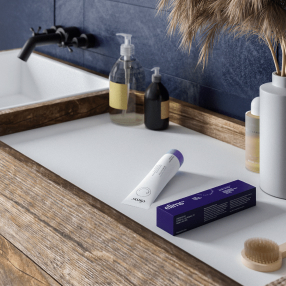

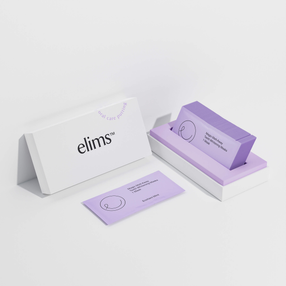
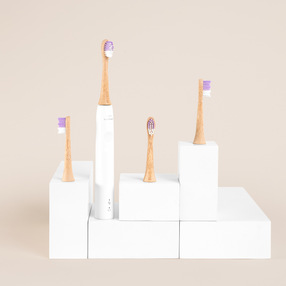
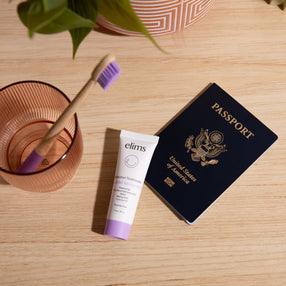
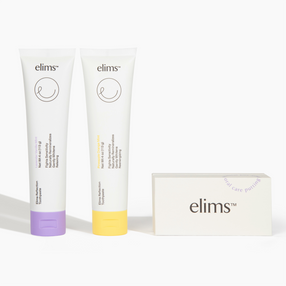
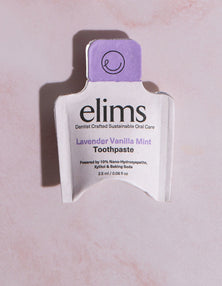
Informative! Thanks Dr. Amanda!
Tyler Hoffmeister